Tax Deal with Switzerland Gives U.S. DOJ Deep Access To Your Account Information
Federal law requires U.S. taxpayers with more than $10,000 total in foreign accounts to report those accounts on their tax return. Those that fail to do so may face an audit, substantial financial penalties, criminal prosecution, and imprisonment. In an effort to find such accounts the U.S. Department of Justice (DOJ) recently announced a tax deal with Switzerland.



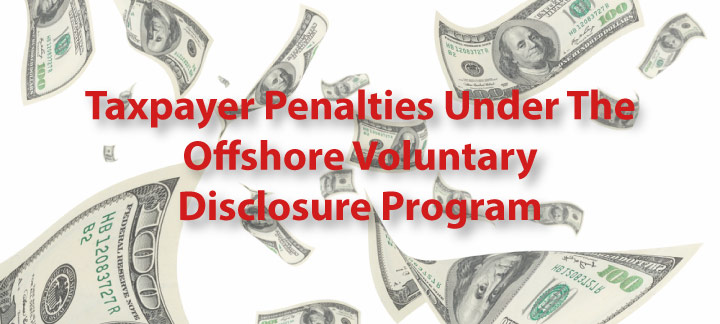
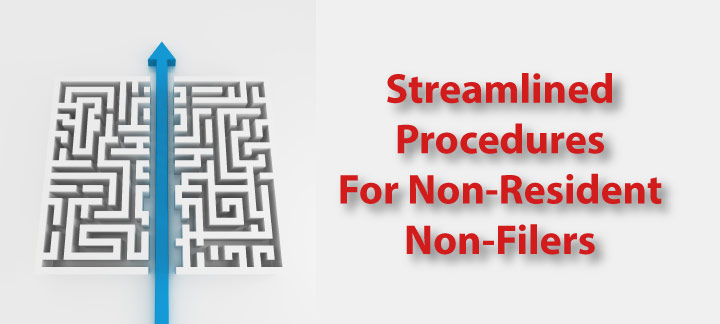



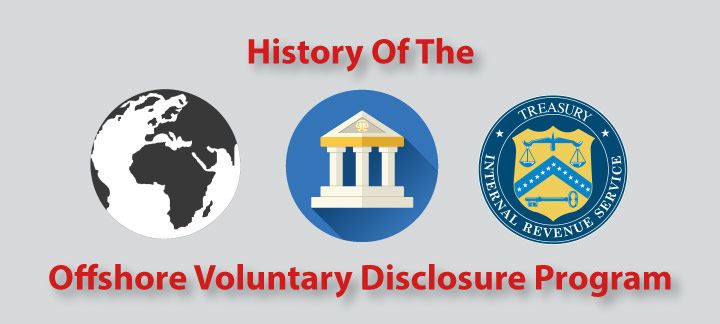
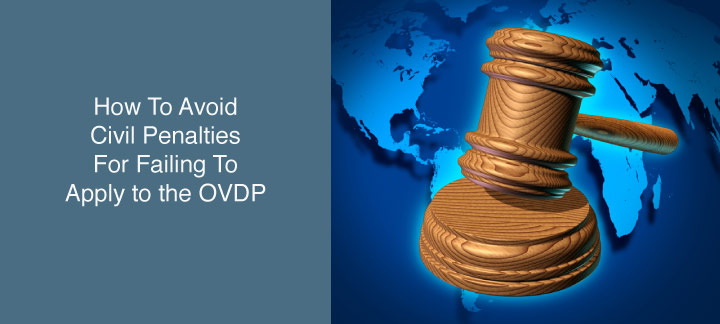
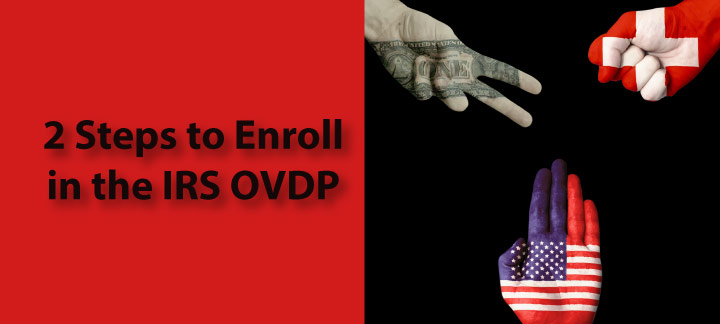
Comments (0)